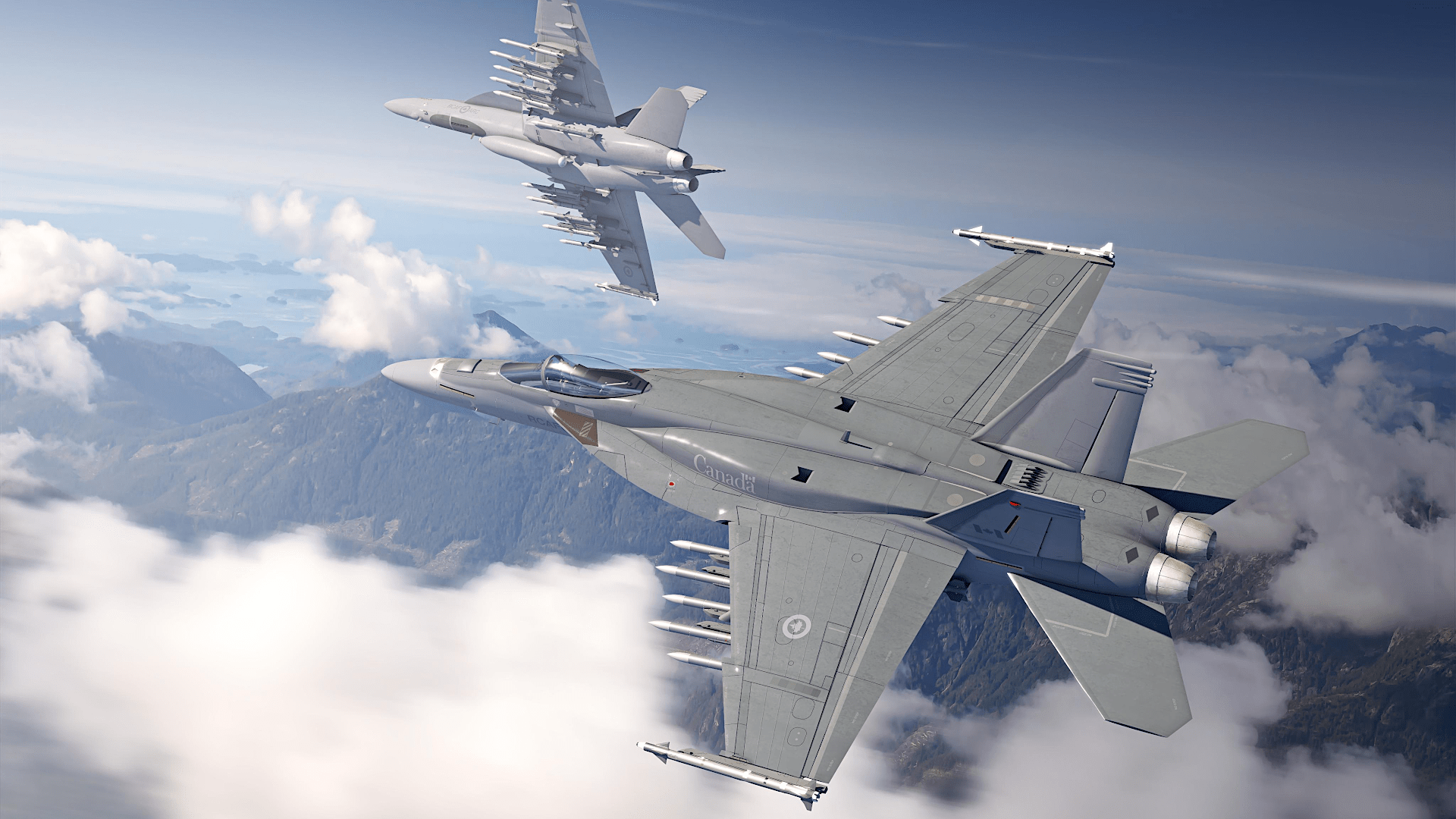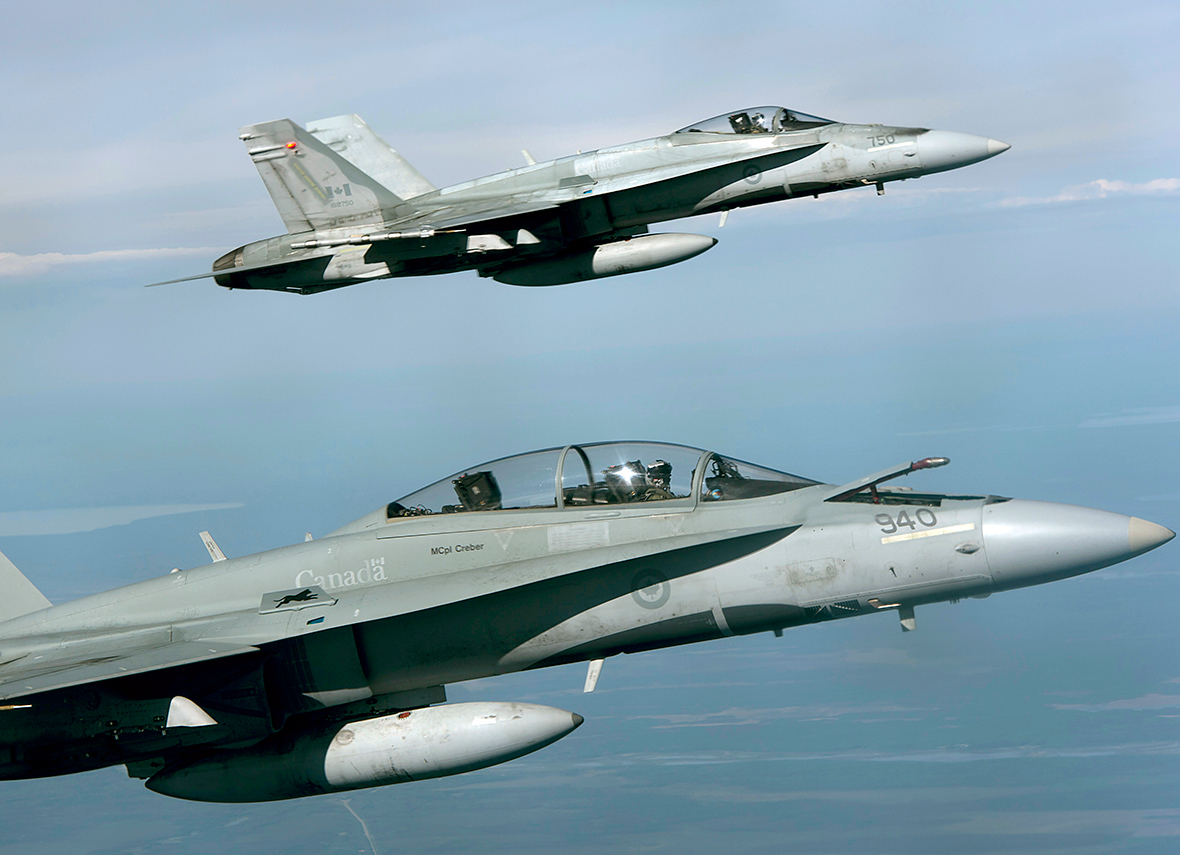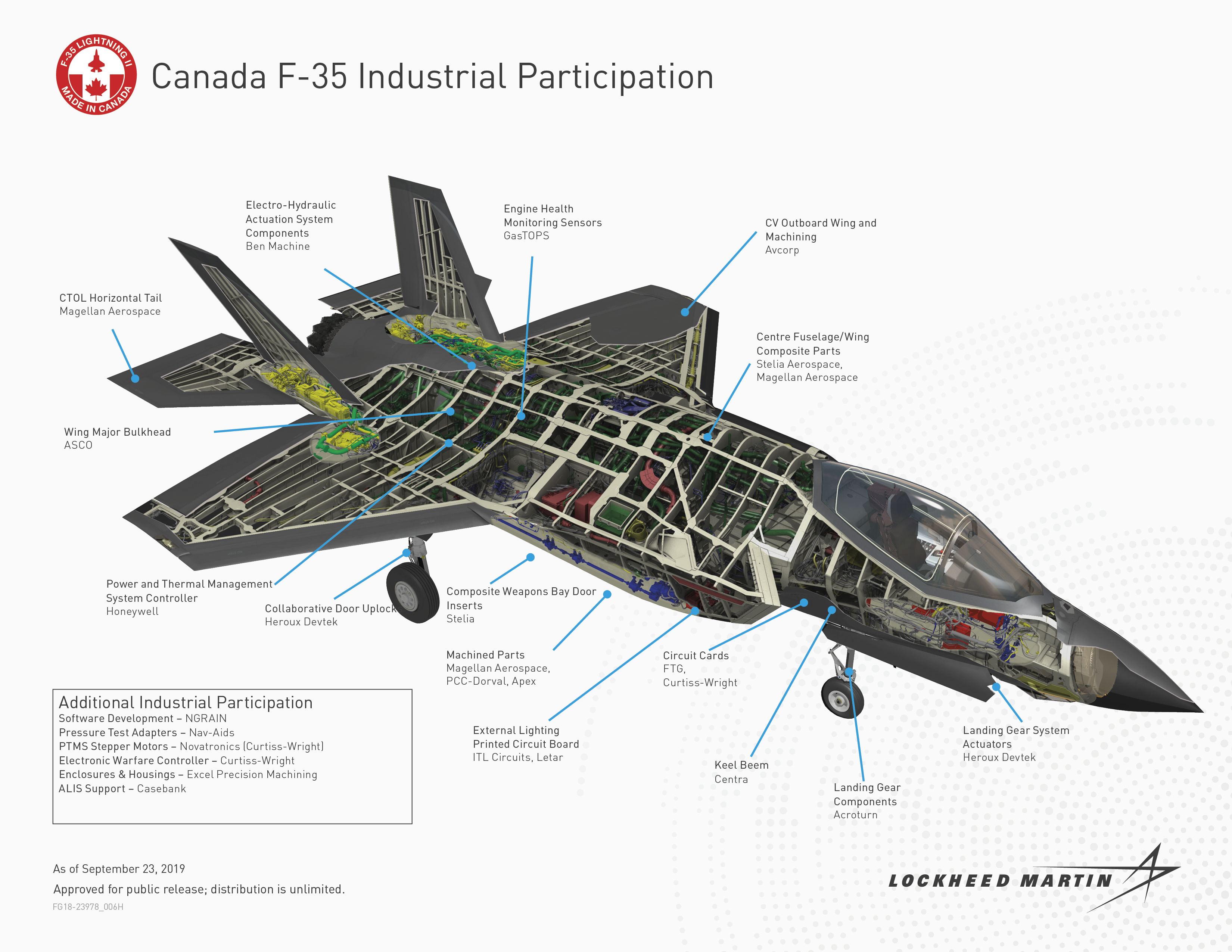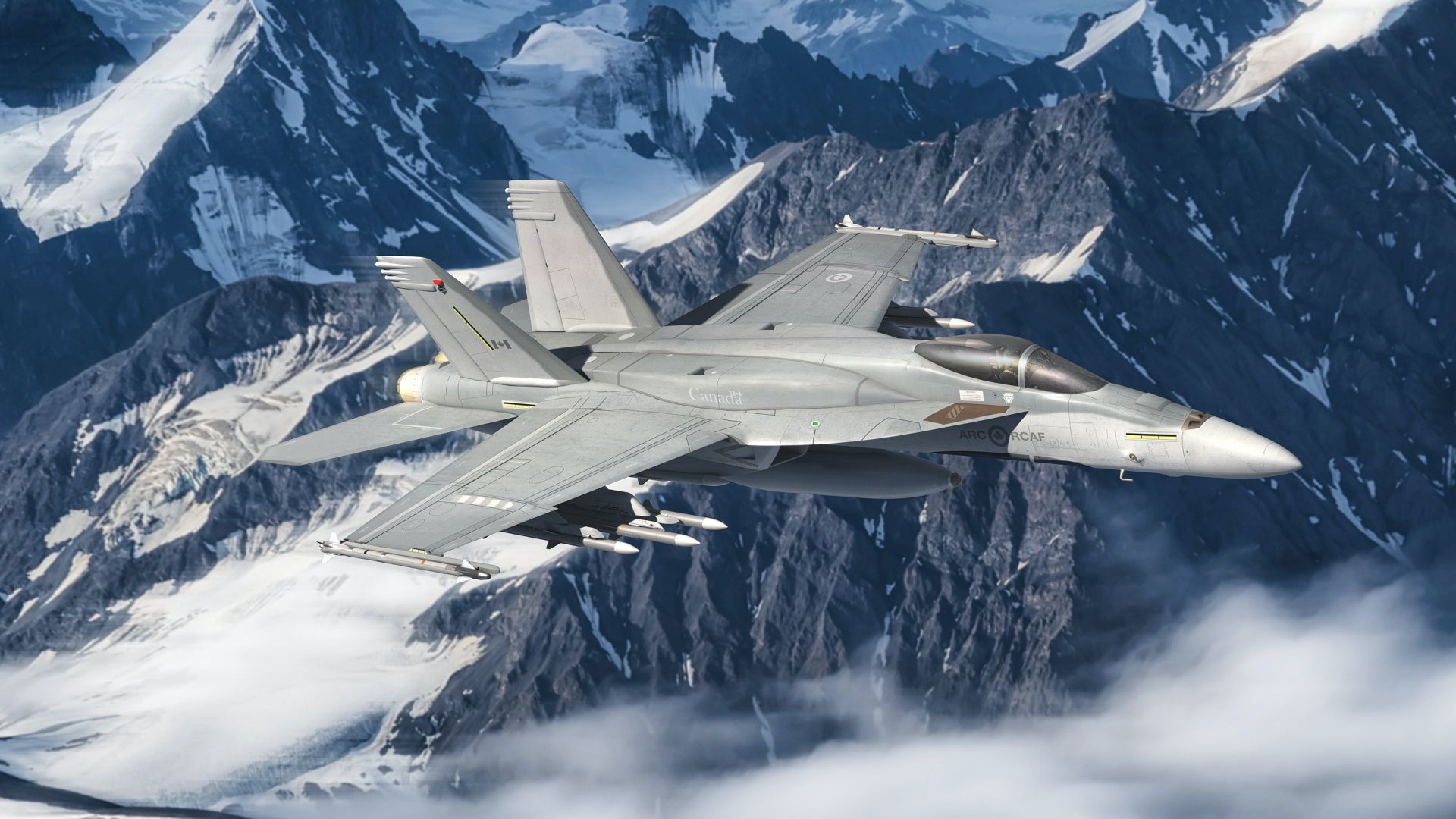The Canadian government has confirmed reports that the Boeing F/A-18E/F Super Hornet Block III has been knocked out of its Future Fighter Capability Project that seeks to find a replacement for the existing CF-18 Hornet fleet. This development is the latest twist in an increasingly protracted competition that was launched in its current form in 2017.
The Canadian government issued a statement today outlining what it called a “key milestone in the process to replace Canada’s fighter jets,” saying that the two remaining candidates in the competition were the Saab Gripen E and the Lockheed Martin F-35A Lightning II. The Royal Canadian Air Force (RCAF) hopes to eventually receive a total of 88 fighters, with deliveries beginning “as early as 2025.” The RCAF presently has some 75 CF-18A/B+ jets and is planning to add 18 former Royal Australian Air Force (RAAF) F/A-18A/B Hornets to that fleet in the near term.

“Today, the Government of Canada announced that following evaluation of the proposals submitted, two bidders remain eligible under the Future Fighter Capability Project competitive procurement process,” the statement from Public Services and Procurement Canada reads.
There is no official explanation as yet as to why the Super Hornet has disappeared from the running, although the Canadian government’s statement went on to explain that the “proposals were rigorously assessed on elements of capability, cost, and economic benefits. The evaluation also included an assessment of economic impact.”
In response to a request for comment from The War Zone, Boeing provided the following statement:
“We are disappointed and deeply concerned by Canada’s announcement that the U.S. Government-Boeing F/A-18 Super Hornet proposal will not be included in the next phase of Canada’s Future Fighter Capability procurement process. The F/A-18 Super Hornet Block III offers proven capability and interoperability to the U.S. and its allies, as well as brings unmatched capability and lifecycle value to the Royal Canadian Air Force and a robust industrial/economic package that would deliver 250,000 jobs and CAD $61 billion to Canada’s economy [around US$47.6 billion at the current rate of conversion]. We are working with the U.S. and Canadian governments to better understand the decision and looking for the earliest date to request a debrief to then determine our path forward.”
The Canadian Press had first reported the elimination of the Super Hornet last week, citing anonymous representatives from the Future Fighter Capability Project, or FFCP.

With a strong emphasis on the economic benefits that the FFCP deal will provide to Canada, this would seem the most likely factor behind the omission of the Super Hornet, although we can’t be sure of that at this stage.
For its part, Boeing had made much of the industrial offsets that Ottawa’s selection of its jet could bring. As the company reiterated in its statement in response to the Canadian government’s decision, its proposal had been crafted to inject billions into the Canadian economy and provide hundreds of thousands of jobs over the next four decades.
Earlier this month, Boeing hosted a media event that further made the financial case for the Super Hornet for Canada. This included a comparison of cost per flight hour for the Super Hornet and the rival F-35A. According to Boeing, the figure for the Super Hornet was approximately $18,000 U.S. Dollars for fiscal year 2020, compared to $33,600 U.S. Dollars for the F-35A.
Footage of the first Boeing F/A-18E/F Super Hornet Block III delivered to the U.S. Navy:

Boeing had long touted that its Super Hornet offering to Canada offered capabilities that would be of particular value to the country, especially for its domestic and foreign air policing missions, including conformal fuel tanks and a podded infrared search and track sensor (IRST) system. The company also stressed how the existing RCAF Hornet infrastructure would be easily translatable to the Super Hornet.
Whatever the exact reason or reasons for the Canadian government decision, Boeing’s removal from FFCP comes as a surprise. This is especially true bearing in mind the fact that two other European contenders, the Eurofighter Typhoon, and the Dassault Rafale, both left the competition before it had begun, complaining that the process unfairly favored U.S. companies.
With that in mind, it might be expected that the F-35A would now be the favorite to seal the FFCP deal, especially as Canada continues to pay into the F-35 program as an industrial partner. Since 1997, Canadian investment in the Joint Strike Fighter has amounted to $613 million U.S. Dollars.

In 2010, Canada’s Conservative Party government announced plans to buy 65 F-35As. However, when Canada’s Liberal Party won elections in 2015, incoming Prime Minister Justin Trudeau vowed to scrap the deal and recompete the contract. As this new competition has proceeded, issues had emerged that raised questions about the Joint Strike Fighter’s future chances in Canada, which you can read more about here.

There had also been plans to purchase a smaller number of Super Hornets as “interim” fighter jets, which collapsed due to a tangential trade dispute between Boeing and the Canadian government. Canada subsequently moved to buy a batch of former Royal Australian Air Force F/A-18A/B Hornets, to supplement its existing CF-18s, a decision that has run into its own issues and drawn fierce criticism.
As for the Gripen, while it may be an outsider in some ways, Saab has previously secured an order from Brazil on the back of an expansive industrial offsets package that includes local production and significant Brazilian participation in the development of the two-seat Gripen F variant. Nevertheless, the Gripen is altogether a very different proposition to the F-35A stealth fighter, stressing ease of maintenance, low operating costs, and dispersed operations alongside potent radar and beyond-visual-range weaponry.

If all goes to plan, Ottawa will now spend the coming weeks further assessing the two remaining bids, which “could involve proceeding to final negotiations with the top-ranked bidder or entering into a competitive dialogue, whereby the two remaining bidders would be provided with an opportunity to improve their proposals,” according to today’s statement. That should be followed by a contract award sometime next year, based on the current timeline.
Should the F-35 end up winning in Canada again, there would surely be considerable political fallout and questions to be asked of the Trudeau administration about how it handled the entire process in the interim.
Still, with all that’s happened in the process so far, the possibilities of more surprises shouldn’t be ruled out.
Contact the author: thomas@thedrive.com
